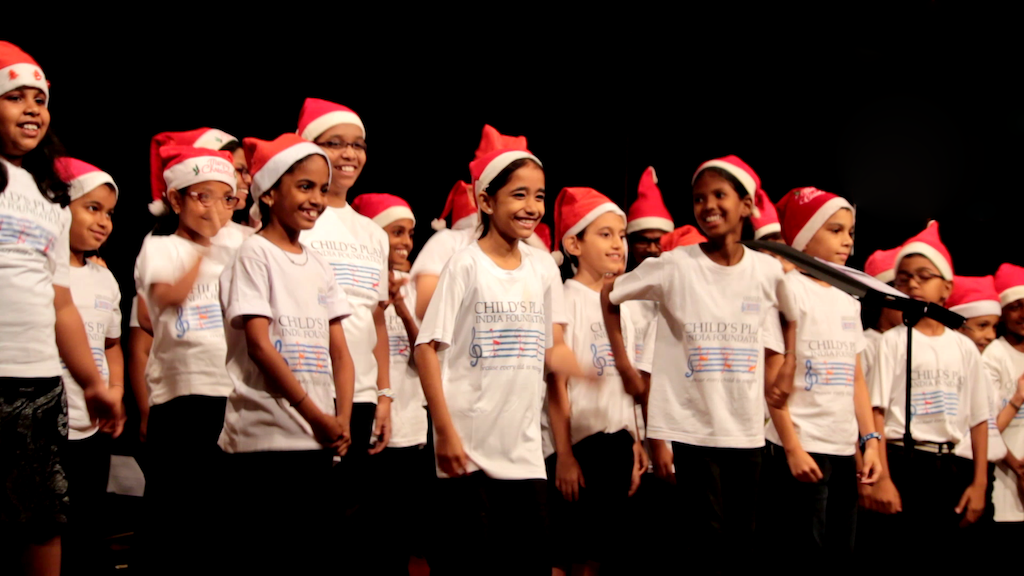If you’re a Suzuki student or parent, you’ll at once have a specific tune playing in your head on reading the title of this piece. It turns up pretty soon in Book 1 of the Suzuki violin (and viola, cello, and I imagine other instruments too) method, the fifth tune in the book. It poses particular challenges to the beginner. It commences on an upbeat, with an up-bow; in fact each of the four phrases of the melody begins with an up-bow, and in mid-bow, a new experience for a beginner. In addition, there are string crossings; the bow-lengths are not uniform, to match the unequal but rhythmic note-values in the long-short-short motif; and the alternating up – and down – bow flow is interrupted by having to use the same up-bow from the end of one phrase to segue into the start of the next. That’s quite a lot of learning tasks packed into just sixteen bars of music.
When a whole group of strings play the piece, it can be a joy to behold, watching everyone’s bows move in synchrony. I joke with them that when one of them gets out of sync, that it’s like our tourists on their rented Activa scooters going the wrong way down a one-way street. It’s a reflection of how rampant errant driving is on our roads that they get the analogy immediately.
The piece has the words ‘Folk song’ written above it in fine print in the Suzuki version. It is a German Christmas carol, ‘Ihr Kinderlein, kommet’; the title in English is a translation from the German.
The inclusion of the tune in the Suzuki book has meant it gets played year-round, causing it to lose some of its Christmassy aura.
But it is still sung at Christmastime in the German-speaking world. Having spent the first four years of my life in Germany, both the melody and the lyrics were familiar to me.
The lyrics were written by a Catholic priest and writer, Christoph von Schmid (1768- 18554) in 1794. It was first published as a poem “Die Kinder bei der Krippe” (The children at the manger), originally in eight verses. It was set to music much later, in 1837, by Franz Xaver Luft, about who very little turns up on an internet search.
But the tune used by Luft and that we recognize today was believed to have been written by the German composer Johann Abraham Peter Schulz (1747 – 1800) in 1794 as a secular song named “Wie reizend, wie wonnig” (How charming, how pleasant).
Schmid is most famous as writer for children and an educator. His stories were very popular in his time. He began writing children’ stories after he was placed at the head of a large school. His first work was a children’s Bible. He is considered by some as the pioneer of books for young people.
The purpose of the stories originally was to have something for children to read and have read to them as a reward. They impart Christian values usually centering around a disturbance to the happiness of good people, which gets resolved through the ‘righteousness of God.’
Coming back to his poem ‘Ihr Kinderlein, kommet’, its English translation by Melanie Schulte (1885–1922) has preserved the meter and the number of syllables (11) in each line, and the rhyming pattern (the endings of every two successive lines rhyme in each four-line) verse, while offering a fairly accurate translation of the meaning of each line as well.
The carol has the simplicity of a nursery rhyme, inviting you view the Nativity scene through the innocent eyes of a child.
It calls to mind what Jesus would say (Matthew 19:14): “Suffer little children, and forbid them not, to come unto me: for of such is the kingdom of heaven.” And in the chapter before that (Matthew 18:3–4): “Truly, I say to you, unless you turn and become like children, you will never enter the kingdom of heaven. Whoever humbles himself like this child is the greatest in the kingdom of heaven”.
One of the lines of the carol says something very direct and yet so profound: “You are happy, you children; Who doesn’t want to be happy?”
‘O Come, Little Children’ used to feature regularly at our annual Child’s Play Christmas concerts. This will be the second year running that we’ve not been able to stage our children’s events due the coronavirus pandemic.
It was an opportunity for children from across society to come together to celebrate the joy of togetherness in making something beautiful, in making music, a celebration of Life itself.
As these past couple of years have shown us quite graphically, it is not something to be taken for granted, but to be cherished.
A Merry Christmas to little children (and their families) everywhere! Love and Peace.
This article first appeared in The Navhind Times, Goa, India.




